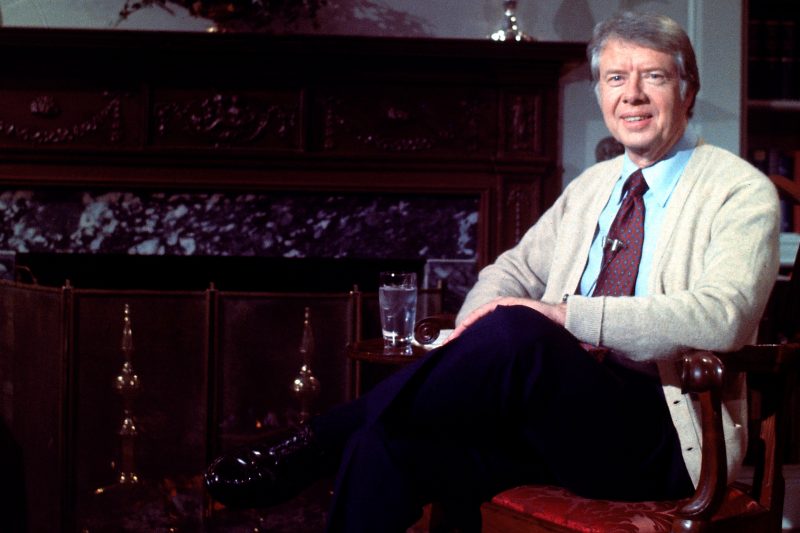In July 1979, President Jimmy Carter took an unconventional step to address the energy crisis gripping the United States. In a televised address from the Oval Office, Carter urged Americans to conserve energy by lowering their thermostats and wearing warmer clothing to stay comfortable. The president himself famously donned a plain V-neck sweater during his speech, embodying the principles of thrift and conservation he sought to instill in the nation.
While Carter’s intent was to promote energy efficiency and reduce America’s dependence on foreign oil, his choice of clothing that evening ignited a strong backlash from Republicans and became a symbol of broader political divisions. In the aftermath of Carter’s speech, the image of him in a simple sweater became a lasting emblem of his presidency and drew both commendation and criticism.
For many Americans, Carter’s sweater moment resonated as a relatable and practical response to the energy crisis. The president’s appeal to individual responsibility and sacrifice struck a chord with those who appreciated his down-to-earth demeanor and commitment to tackling pressing national issues.
However, Carter’s sartorial choice also became a focal point for his political adversaries, who viewed it as emblematic of his perceived weaknesses as a leader. Critics seized upon the sweater incident to mock Carter as out of touch or ineffectual, using it to bolster their arguments that his policies were insufficient to address the country’s challenges.
The episode exemplified the power of symbolic gestures in shaping public perception and political discourse. By wearing a sweater in a moment of national crisis, Carter unwittingly tapped into deeply ingrained cultural attitudes towards masculinity, leadership, and authenticity. The sweater became a flashpoint for broader ideological battles, reflecting the ways in which seemingly minor details can carry significant weight in the realm of politics.
Decades later, Carter’s sweater lives on as a potent symbol of an era marked by energy shortages, political divisions, and the enduring legacy of a president who sought to address the nation’s most pressing concerns. While interpretations of the sweater incident may vary, its resonance as a cultural touchstone endures, serving as a reminder of the complex interplay between personal image, political messaging, and the broader currents of history.

